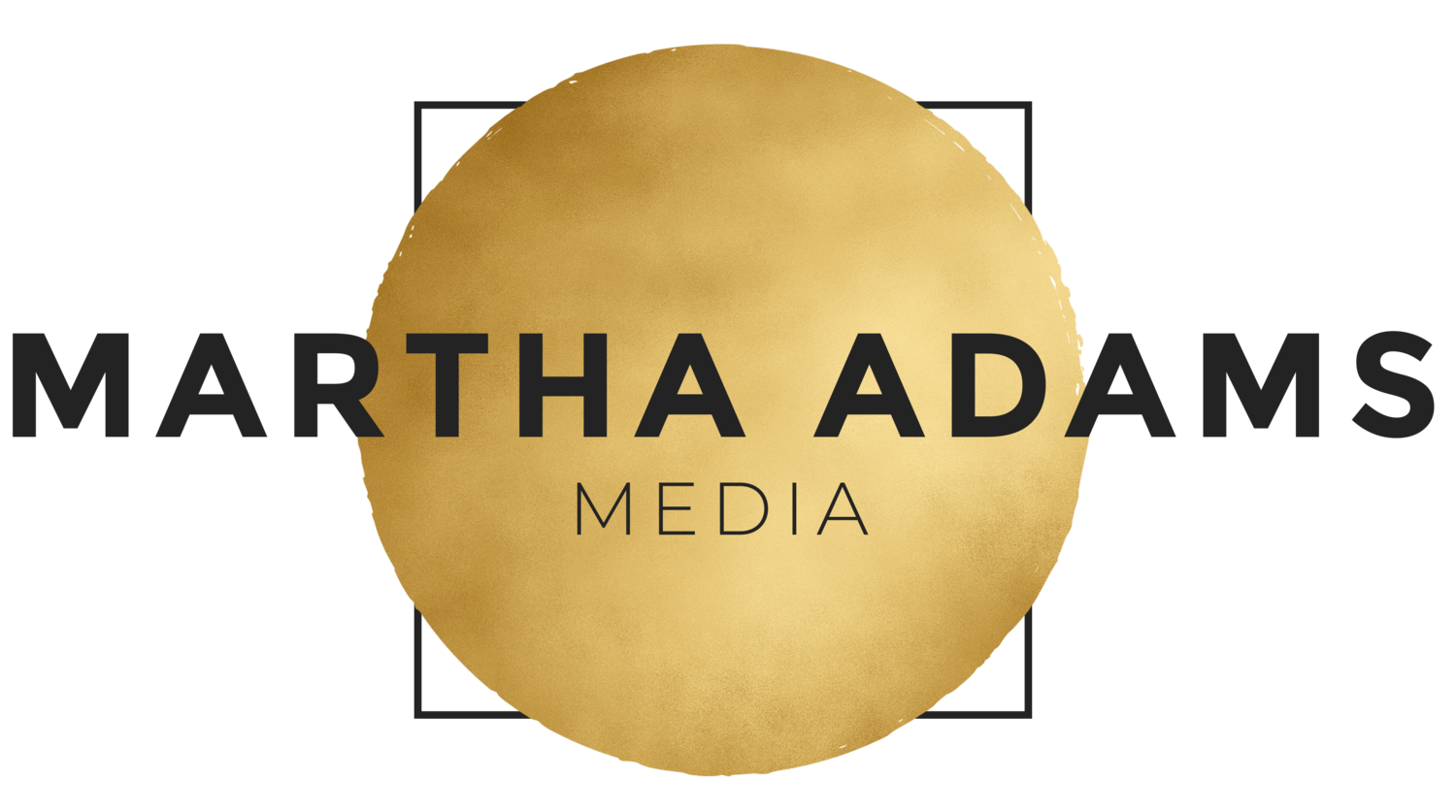The (Home) School of Finance
No matter what our life situation or career path is, the starting point of our relationship with money and finances was the same because, one way or another, it began in our childhood. This is a part of the reason that I’m so passionate about talking to our kids about money early, giving them a foundation of understanding.
When we have a conscious awareness of the conversation, we can control the direction in which it is steered — allowing us to choose an overall positive conversation.
Real talk about money and finance is rarely discussed in the school setting, so it’s our job as parents to take on this role at home. Whether you homeschool or not, this is an area of your child’s education that will most likely need to be initiated outside of the classroom.
Money talk can be uncomfortable and intimidating (especially if it’s not something openly discussed in your household), but it doesn’t have to be. This discussion is one that we could sit down together and talk about for an entire book because there are so many thoughts, ideas and variations.
But here, let’s go over a core concept that I not only teach, but apply in my own life as a parent. I base this thought process around the fact that speaking to our kids about money can come across to them as though we are speaking an entirely different language because, essentially, we are!
So, what do we do? You can translate it to a language they learn to speak through an understanding they develop. If I was to describe the idea in two words, it would be: involve them. I break up involving kids in the financial conversation into four categories: earning, enjoying, growing, and giving.
EARNING
When I’m asked to speak to kids about an introductory topic on money, I’m commonly asked to speak about budgets and cash flow because as a society that’s what we’ve been taught the starting point is. What I found was that the kids didn’t connect to the value or importance of a budget if they didn’t understand how the money was earned in the first place. I love walking kids through an activity where they receive a pay cheque and then surprise them with all the deductions that would happen before they can spend it.
When they have an appreciation and connection to how the money is earned, it has a different meaning from the thought that it just appears out of the ATM or the magic plastic card at the cashier.
ENJOYING
Now that there is a meaning and positive connection to the fact that the money coming into the household was earned, we can continue the conversation into how it is allocated. This is where budgets and cashflow begin to have more meaning because they are based on a platform of understanding. I love the idea of starting the budget conversation with all the expenses that need to be paid first — taxes, mortgage, utilities, etc. Then we can move into the idea of talking about what’s left for growing and enjoying buying things that you want.
GROWING
After all the necessities are paid for, I love the idea of teaching paying yourself first by setting aside funds for growing your wealth. Here, you can talk about the short-, medium- and long-term growth buckets and what they’re used for. Depending on the age of your child and your comfort level, you might even consider taking them into your next meeting with your financial professional so that they see that side of things. I’ve had many clients do that and it’s been a successful process overall because of the perspective and understanding it gave.
GIVING
If this is a part of your budget it can be invaluable to show your children and involve them in the gift of giving. This was one of the greatest gifts my parents gave me, and I’m forever grateful. Teaching and showing the gift of giving helps to not only build a positive sense of responsibility to money but to also give a platform of positive meaning as to the good that money can do.
Talking to your kids about the way money is earned and allocated in the household can help to turn the money conversation from a negative topic of avoidance into a positive topic of inclusion and understanding. Of course, it’s completely up to you when you start these conversations, but my recommendation is the earlier the better. I want to clarify here that I’m not suggesting you go and review all of this in detail with your two-year-old.
But starting the conversation in the way that you know is best for them is what I suggest. It all boils down to starting.
